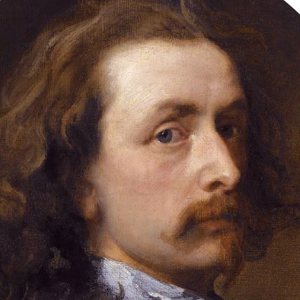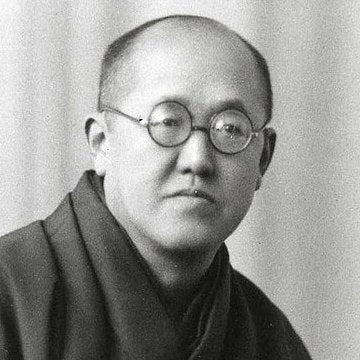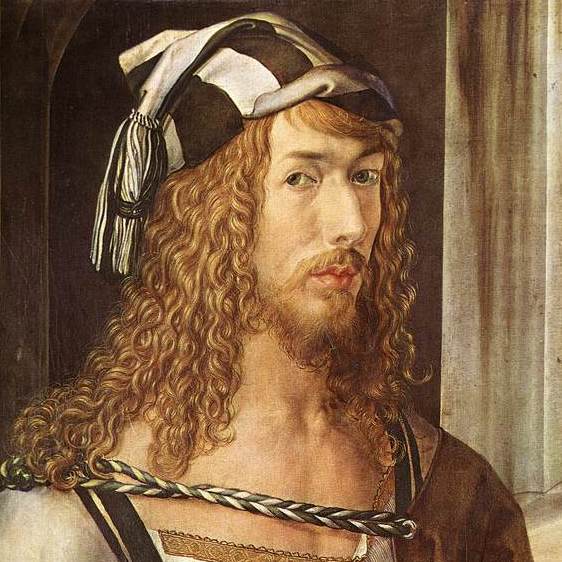 Un cheval andalou (1599 1641)
Un cheval andalou (1599 1641)Un cheval andalou (1599 1641)
Antoine Van Dyck
Prix normal 19,00€+Prix à l'unité par

Antoine Van Dyck
Sir Anthony Van Dyck : un peintre avec un pinceau et du charme
Dans le monde éblouissant de l’histoire de l’art, peu de personnalités ont su combiner autant de charme et de talent en un seul coup de pinceau que Sir Anthony Van Dyck. Né le 22 mars 1599 à Anvers, une ville si peuplée d'artistes à l'époque qu'on pourrait croire que l'air lui-même est fait de peinture à l'huile, Van Dyck développe très tôt une passion pour la peinture. Son père, un riche marchand de soie, aurait voulu que son fils suive ses traces, mais Antoine avait d’autres projets – des projets qui feraient de lui l’un des portraitistes les plus importants du XVIIe siècle.
Van Dyck a commencé sa formation artistique à l'âge de dix ans auprès d'Hendrick van Balen, un peintre respecté de son temps. Mais c'est son passage comme assistant dans l'atelier de Pierre Paul Rubens qui a eu une influence décisive sur son style et sa carrière. Rubens, la rock star de la peinture flamande, a reconnu le talent de Van Dyck et l'a promu comme s'il s'agissait d'un diamant précieux qui n'attendait qu'à être taillé. Et il a été peaufiné – jusqu’à devenir un maître de l’art du portrait.
À seulement 19 ans, Van Dyck ouvre son propre studio à Anvers. Mais le monde ne lui suffit pas et il s’installe en Italie, la Mecque des amateurs d’art. À Gênes, Rome et Venise, il étudie les œuvres des grands maîtres et s'inspire de l'art italien. Ses portraits de cette période se caractérisent par une élégance et une sophistication remarquables qui caractériseront ses œuvres ultérieures.
De retour à Anvers, Van Dyck devient rapidement un portraitiste recherché. Mais c'est son voyage en Angleterre en 1632 qui a propulsé sa carrière à un niveau supérieur. Le roi Charles Ier, un homme passionné par l'art et encore plus par lui-même, fut tellement impressionné par le talent de Van Dyck qu'il le nomma peintre de la cour. Van Dyck, désormais appelé Sir Anthony Van Dyck, a peint le roi et sa famille d'une manière qui les faisait apparaître non seulement royaux mais presque surnaturels. Ses portraits n’étaient pas de simples images, c’étaient des mises en scène – un mélange de réalité et d’idéal qui captivait le spectateur.
L'influence de Van Dyck sur la peinture de portrait anglaise fut énorme. Il introduit une nouvelle élégance et une nouvelle légèreté qui éclipsent les portraits rigides et formels de ses prédécesseurs. Sa capacité à capturer le caractère et la personnalité de ses modèles a fait de lui l’un des peintres les plus recherchés de son temps. Mais Van Dyck n’était pas seulement un maître de la peinture, il était aussi un maître de la présentation de soi. Avec son attitude élégante et son esprit vif, il a conquis le cœur de l'aristocratie anglaise.
Malgré son succès, la vie de Van Dyck n’a pas été sans défis. Sa santé était fragile et il était souvent confronté à des difficultés financières. Mais même dans les moments difficiles, son sens de l’humour est resté intact. On raconte qu'un jour, harcelé par un créancier, il aurait dit en plaisantant : « Je peins plus vite que la dette ne peut augmenter. » Une phrase qui reflète sa joie de vivre inébranlable et sa croyance inébranlable en son talent.
Le 9 décembre 1641, Sir Anthony Van Dyck décède à Londres, à seulement 42 ans. Mais son héritage perdure. Ses œuvres, que l'on peut admirer dans les plus grands musées du monde, témoignent d'un artiste qui a su capturer l'âme de ses modèles sur la toile. Van Dyck a non seulement laissé derrière lui une multitude de chefs-d’œuvre, mais aussi une marque indélébile dans l’histoire de l’art.
Dans un monde où les artistes sont souvent considérés comme des génies excentriques, Van Dyck était un homme qui savait briller par son charme et son esprit. Un artiste qui a révolutionné l’art du portrait et dont les œuvres continuent de fasciner aujourd’hui. Sir Anthony Van Dyck – un peintre qui a créé une part d’immortalité à chaque coup de pinceau.








